Introduction
In the realm of breakfast delights, few items evoke the same sense of nostalgia and comfort as fried dough sticks, commonly known as “you tiao” in Chinese cuisine or “churros” in Spanish-speaking countries. These golden-brown, crispy-on-the-outside-and-soft-on-the-inside treats are a staple in many breakfast tables worldwide, offering a delightful balance of textures and flavors that can set the perfect tone for the day ahead. While the exact origin of fried dough sticks remains somewhat murky, their popularity spans centuries and continents, testament to their universal appeal.
In this comprehensive guide, we delve into the intricacies of how to fry crispy and delicious breakfast fried dough sticks. From selecting the right ingredients to mastering the frying technique, we’ll cover every step necessary to achieve perfection in your kitchen. Whether you’re a seasoned chef or a home cook eager to elevate your breakfast routine, this article promises to be a treasure trove of knowledge and inspiration.
Section 1: Ingredients and Preparation
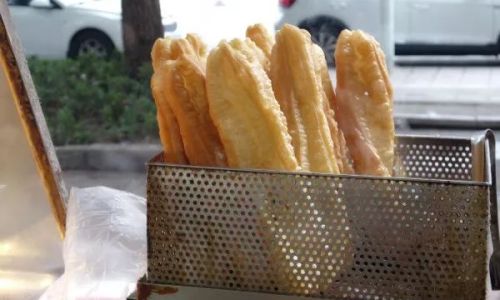
The foundation of any great fried dough stick lies in its ingredients. Here’s a detailed breakdown of what you’ll need and how to prepare them:
1 Flour Selection
Choosing the right flour is crucial. All-purpose flour works well for a balanced texture, but for an extra bit of crispiness, consider blending it with a small percentage of bread flour, which has a higher protein content and produces gluten that gives structure to the dough.
2 Leavening Agents
To achieve the light and airy interior of fried dough sticks, you’ll need leavening agents. Baking powder and baking soda are traditional choices. Baking powder provides a slow, steady rise, while baking soda reacts quickly with acidity in the dough to create carbon dioxide bubbles, giving an immediate lift. Combining both ensures a reliable rise.
3 Salt and Sugar
Salt enhances flavor, while a pinch of sugar helps with browning and adds a subtle sweetness that balances the savory notes of the dough.

4 Water and Oil
Warm water activates the leavening agents and helps to form gluten strands, giving the dough elasticity. A small amount of vegetable oil, such as canola or grapeseed, incorporated into the dough makes it more tender and prevents it from becoming too tough.
5 Optional Ingredients
For added flavor and texture, consider incorporating ingredients like sesame seeds, black sesame oil, or even a hint of five-spice powder. These additions can elevate your fried dough sticks from good to exceptional.
6 Preparation Steps
- Mixing the Dough: In a large bowl, combine the flour, baking powder, baking soda, salt, and sugar. Create a well in the center and pour in warm water mixed with oil. Gradually mix until a shaggy dough forms.
- Kneading: Transfer the dough to a lightly floured surface and knead gently until it comes together into a smooth, elastic ball. Be careful not to over-knead, as this can make the dough tough.
- Resting: Cover the dough with a damp cloth and let it rest for at least 1 hour. This allows the gluten to relax and the leavening agents to work their magic, ensuring a lighter texture when fried.
Section 2: Shaping the Dough
Shaping fried dough sticks may seem intimidating at first, but with practice, it becomes second nature. Here are two common methods:

1 Classic Stick Shape
- Roll the rested dough into a log about 1 inch in diameter.
- Use a sharp knife to cut the log into pieces about 6 inches long.
- Gently stretch each piece lengthwise to about double its original size. You can use your fingers or a rolling pin for this step.
2 Twisted or Braided Shape
- Divide the dough into smaller portions and roll each into a thin rope.
- Twist two ropes together or braid three or more for a more intricate design.
- Pinch the ends together to seal.
Section 3: Frying Techniques
Frying is the final, crucial step that transforms your dough into golden, crispy fried dough sticks. Here’s how to do it right:
1 Heating the Oil
- Pour enough vegetable oil into a deep, heavy-bottomed pot or wok to fully submerge the dough sticks.
- Heat the oil to around 350°F (175°C). A thermometer is invaluable here to ensure accurate temperature control.
2 Frying Process
- Carefully lower a few dough sticks into the hot oil, being mindful not to crowd the pot.
- Use chopsticks or a slotted spoon to gently flip the dough sticks occasionally, ensuring even browning.
- Fry until golden brown and cooked through, which should take about 2-3 minutes per batch.
- Remove with a slotted spoon and drain on paper towels to remove excess oil.
3 Maintaining Oil Temperature

- Between batches, adjust the heat as necessary to maintain the oil temperature. Too low will result in greasy dough sticks, while too high can burn the exterior before the interior is cooked.
Section 4: Serving and Enjoying
Now that your fried dough sticks are perfectly crispy and golden, it’s time to enjoy them. Here are some serving suggestions:
1 Classic Pairings
- Serve with a steaming bowl of soy milk or black tea for a classic Chinese breakfast experience.
- Pair with a rich, savory porridge like congee or oatmeal for a heartier start to the day.
2 Sweet Variations
- Dip them in a simple syrup made of sugar and water for a sweet treat.
- Sprinkle with powdered sugar or drizzle with honey for an added touch of sweetness.
3 Savory Twists
- Fill them with a savory filling like shredded pork or scrambled eggs for a more substantial meal.
- Serve with a dipping sauce made of soy sauce, vinegar, and chili oil for an extra layer of flavor.
Section 5: Troubleshooting and Tips
Even the most seasoned cooks encounter challenges when frying dough. Here are some common issues and solutions:
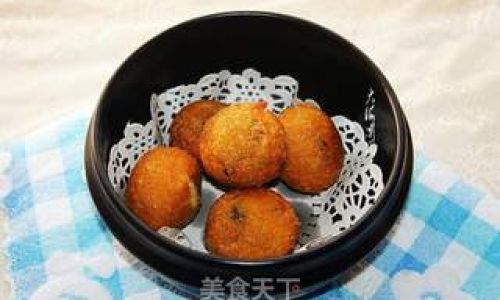
1 Dough is Too Sticky
- If the dough is too sticky, add a bit more flour during kneading.
- Ensure you’re using warm, not hot, water, as this can make the dough too soft.
2 Dough Sticks Are Not Crispy Enough
- Ensure the oil is hot enough before adding the dough sticks.
- Fry until deeply golden brown for maximum crispiness.
- Drain well on paper towels to remove excess oil.
3 Dough Sticks Are Too Dense
- Let the dough rest for the full recommended time to allow gluten relaxation.
- Do not over-knead the dough, as this can make it tough.
Conclusion
Mastering the art of frying crispy and delicious breakfast fried dough sticks is a rewarding culinary endeavor. With the right ingredients, careful preparation, and precise frying techniques, you can create a breakfast treat that is not only visually appealing but also bursting with flavor and texture. Whether you’re serving them to family and friends or enjoying them as a personal indulgence, fried dough sticks have the power to brighten any morning.
As you embark on your fried dough stick journey, remember that practice makes perfect. Don’t be discouraged by initial imperfections; each batch is an opportunity to learn and refine your technique. And who knows? With your newfound skills, you might just start a delicious tradition that spans generations. Happy frying, and bon appétit!
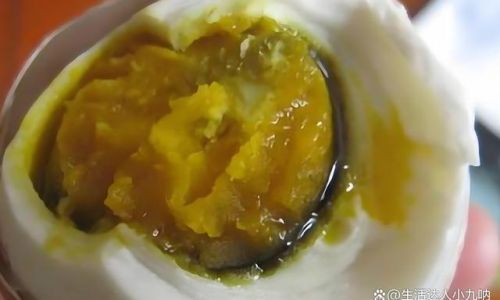

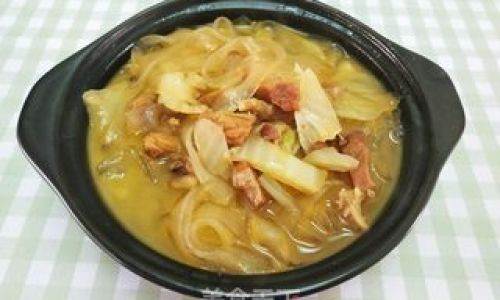
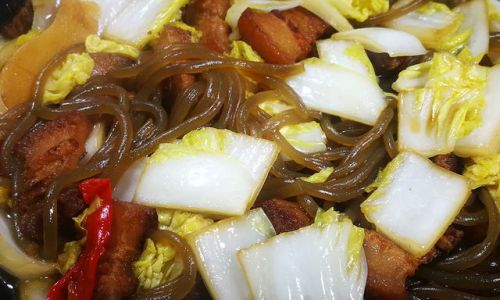
0 comments